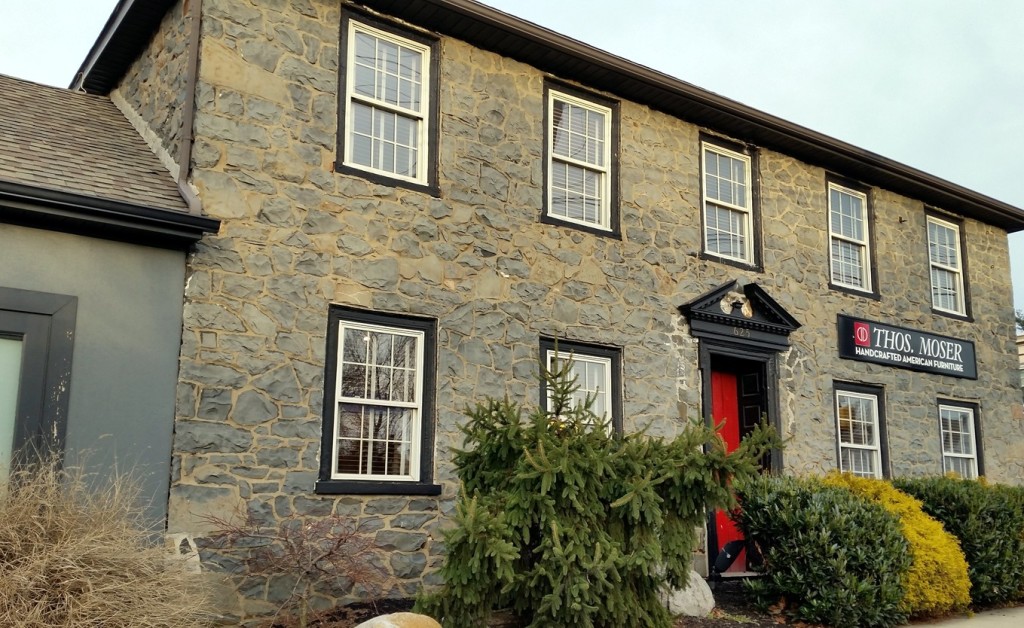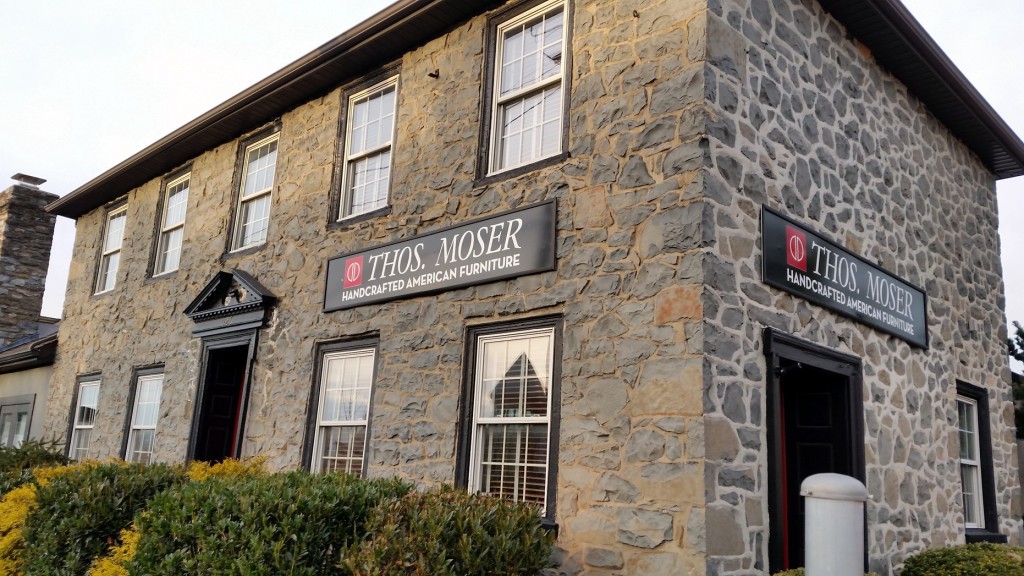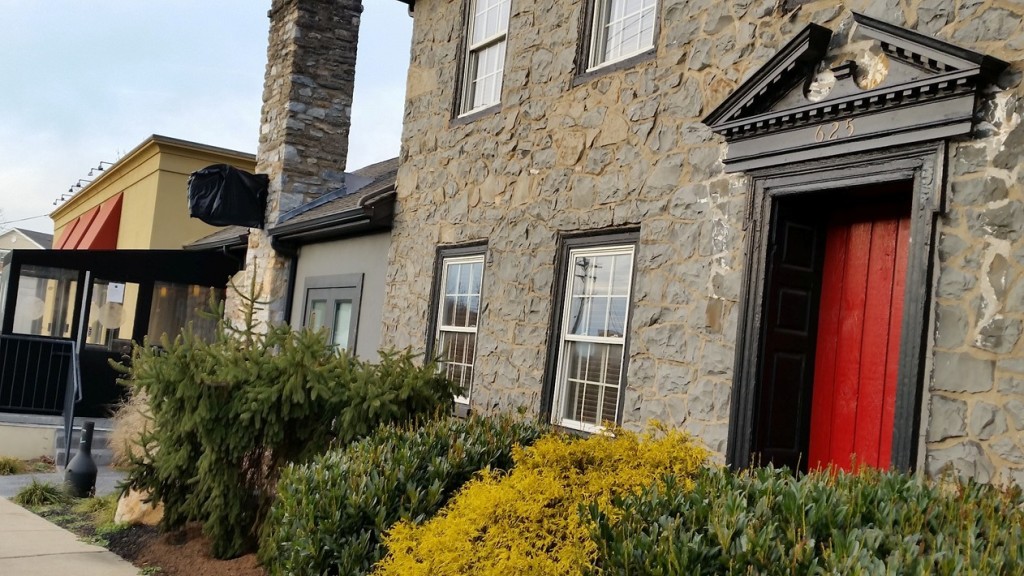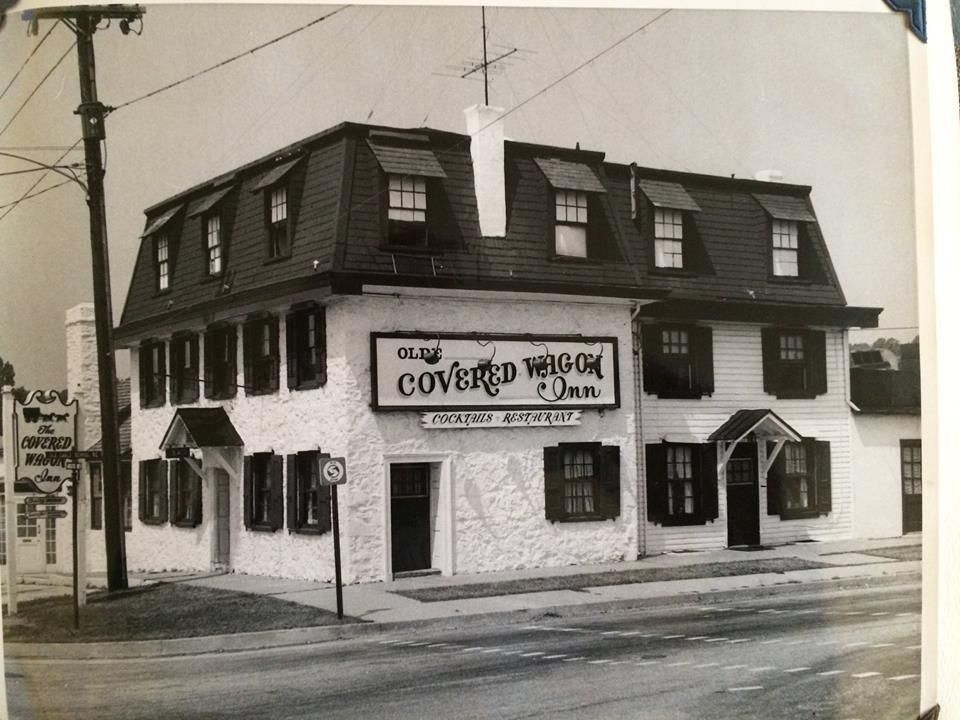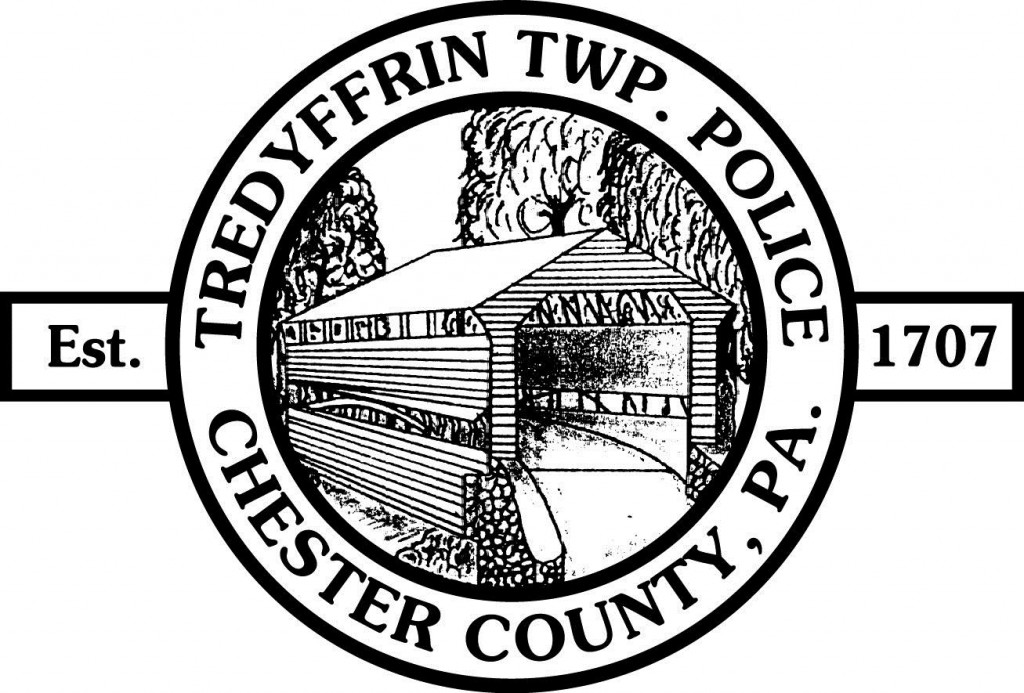The Pennsylvania Sunshine Act requires all public agencies to take all official actions and conduct all deliberations leading up to official actions at public meetings. According to 65 Pa.C.S.A. § 708(a); Sunshine Act, Section 8(a), there are certain discussions that can take place in an executive session where the public is excluded. At the onset of every Board of Supervisors meeting, Michelle Kichline, in her capacity as chair, makes a statement that the Board met prior to the meeting in executive session to discuss legal and personnel matters. Under the provisions of the PA Sunshine Act, those township matters pertaining to personnel or legal matters are not discussed publicly In fact, if during the ‘New Matters – Citizens’ section of the Board of Supervisors meeting, a resident asks a question that falls into the legal or personnel category, either a Board member of the township solicitor quickly points out that they cannot respond to the question. Over years of attending supervisors meeting, I can attest that the solicitor does not permit the supervisors to respond to citizen questions that fall into personnel or legal areas.
Understanding the provisions of the Pennsylvania Sunshine Act, it was surprising to read that Tredyffrin Township’s solicitor Vince Donohue had a public response on a legal matter in Main Line Media News article, ”Community Matters blogger Pattye Benson calls for Tredyffrin Township to adopt policy regarding the use of its website” written by Richard Llgenfritz.
If you recall Llgenfritz wrote the story, “Tredyffrin zoning hearing board member not guilty after police are a no-show at her trial” in late August. His article, in addition to TE Patch, Philadelphia Inquirer, Daily Local articles, blog posts on Chester County Ramblings and telephone and email inquiries from residents, were the reasons that I conducted my mini-research investigation.
As part of my research on the police matter, I spoke with Tredyffrin Township Board of Supervisors chair Michelle Kichline, Chester County District Attorney Tom Hogan, Tredyffrin Police Superintendent Tony Giaimo and District Judge Tom Tartaglio. For the results of my research and corresponding comments in post, “Community Matters closes the chapter on police investigation but Tredyffrin supervisor opens a new one”, click here.
Because of the newspaper articles, blog posts and related public comments on the police situation, Tredyffrin Township supervisor John DiBuonaventuro decided to write and post a personal letter dated September 5, 2012 on the township website, using township resources and township letterhead. Although the use of government resources by an elected official is surprising, it was the fact that the other six supervisors, the township manager and the township solicitor sanctioned the behavior of DiBuonaventuro that underscored the importance for a township website policy.
This past Friday, I posted the letter from my attorney Samuel Stretton on Community Matters. Stretton’s letter was sent to the seven members of Tredyffrin’s Board of Supervisors. I learned in Llgenfritz MLMN article, that Stretton’s letter was forwarded to the township solicitor Vince Donohue. No surprise as this was a legal matter and as the township solicitor, he clearly needed to be involved. However, because this is a ‘legal matter’ (remember the PA Sunshine Act and that legal and personnel matters in the township are not publicly discussed but held for executive session discussion), I was amazed that Donohue discusses Stretton’s letter with Llgenfritz. Gosh, I would think that Donohue should not be talking about sending a response to Stretton – isn’t this a legal matter? And then to further throw out there that it would be up to me whether I make the letter public or not? To my knowledge, Stretton has not received a letter and I certainly have not seen any letter from Donohue. (I will assume that Donohue’s response is ‘in the mail’). So, I am struggling to understand this – the supervisors are not permitted to discuss legal matters in public but it is OK for the township solicitor to discuss legal matters? Shouldn’t the more appropriate response from Donohue to Llgenfritz have been, “… this is a legal matter, and I am not at liberty to discuss”.
However, Donohue does not stop there in his comments to the newspaper, he goes on to address some of the issues that others and I have raised – i.e. First Amendment rights. According to Donohue,
“This township has no interest what so ever in suppressing anybody’s first amendment rights and in fact does not. All you need to do is take a look at our five six-hour public meetings that we’ve had in the last few years. All you need to do is look at the Trout Creek overlay ordinance process where we involved no fewer than 30 members of the public on working groups and commissions held six or seven public hearings even for those members of the community that didn’t like the outcome I think it’s hard to argue with the openness and the fact that the township encourages and invites public input. I think this township’s actions belie any claim that it seeks to suppress public comment positive or otherwise about township matters.”
All I can say is, wow. Donohue approved DiBuonaventuro’s letter going on the township letterhead on the township website. I suggest that he needs to go back and read it and then come up with a more convincing argument as to how his letter is not an attempt to silence those who dare to disagree. DiBuonaventuro writes in his September 5 letter, “What is more important for community to realize from this example is the disturbing trend that has developed with most of the internet elements of legitimate newspapers and the tabloid formatted blogs like “Community Matters”. Public discussion of important community matters is a ‘disturbing trend’ — whether public discussion is over the backyard fence, in the aisle of the Paoli Acme or on the Internet, it is our First Amendment right; open debate and commentary exists under the US Constitution.
In fact, before I contacted Sam Stretton, I sent DiBuonaventuro’s letter to several attorneys and journalists; individuals who do not live in the area and would not know any of the people involved. Not one person responded that they thought the actions of our government in regards to DiBuonaventuro’s letter were OK. In addition, I should add that many people used adjectives like ‘chilling’ in describing DiBuonaventuro’s attempt to suppress public discussion.
It is interesting that Donohue would point to the many meetings held over the Trout Creek ordinance (for the record, there were 7 public hearings), as somehow public comment at supervisors meetings was the same thing as DiBuonaventuro’s use of public resources, public letterhead and public website. Certainly, there were many meetings over Trout Creek, but I wonder how many of the Glenhardie residents feel that their voices were actually heard during the process? Donohue makes no mention of Trisha Larkin and her neighbors in the Daylesford neighborhood. Like the Glenhardie residents, how many of the Daylesford folks think that their voices made a difference to the outcome. The Daylesford neighbors, in addition to many residents throughout the township, were overwhelmingly opposed to the C-1 zoning change. However, as we all saw, their voices did not matter. Yet Donohue claims that the township “encourages and invites public input” … maybe that’s true if you happen to be developer Ed Morris or his attorney Denise Yarnoff, who now have the green light to build an assisted living facility on 1 acre on Lancaster Ave.
As a resident of Tredyffrin Township, this is all so very disheartening, including Donohue’s response to Main Line Media News. I am amazed that it is OK for the township solicitor to discuss a legal matter of a private citizen with the newspaper — to talk about a township response that he has sent to my attorney, Sam Stretton, that I have not even seen. Wow.
It’s like some of the rules in Tredyffrin Township only exist when they benefit our elected officials, not the citizens.
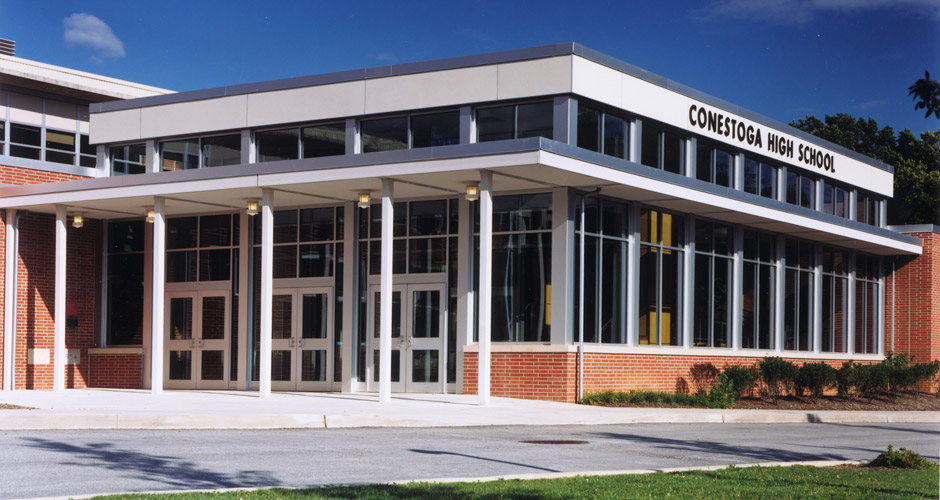 The following statement was released this morning from the Chester County District Attorney’s office regarding the Conestoga High School football hazing incident. As I read the statement, it appears that the three juveniles have received an offense of harassment. According to the statement, the broomstick did not penetrate the victim but rather it was used to poke him in the leg — painting a much different picture.
The following statement was released this morning from the Chester County District Attorney’s office regarding the Conestoga High School football hazing incident. As I read the statement, it appears that the three juveniles have received an offense of harassment. According to the statement, the broomstick did not penetrate the victim but rather it was used to poke him in the leg — painting a much different picture.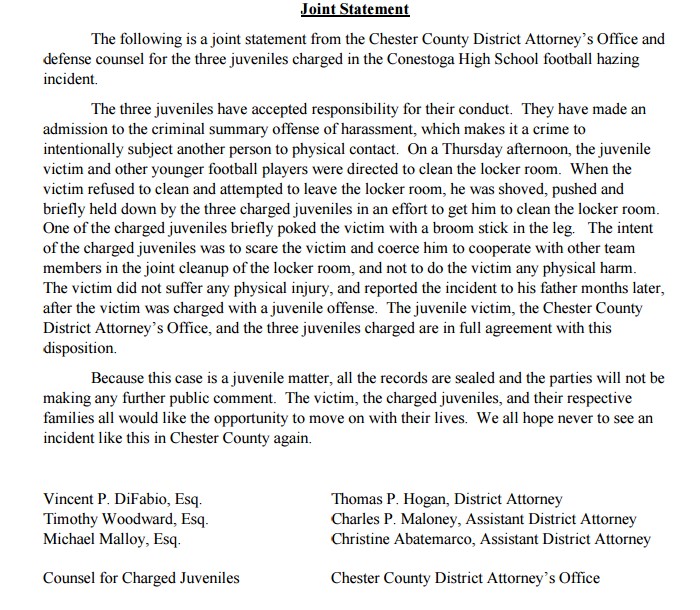
 A significant decision in the
A significant decision in the 